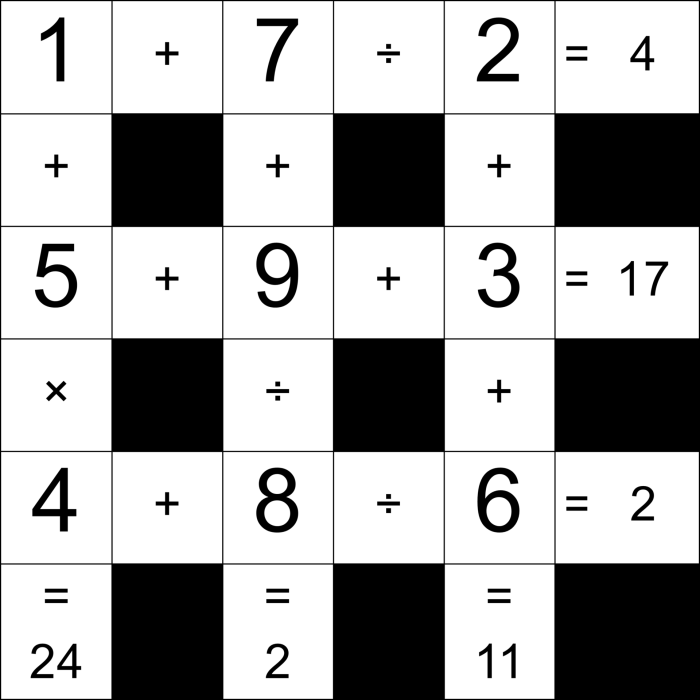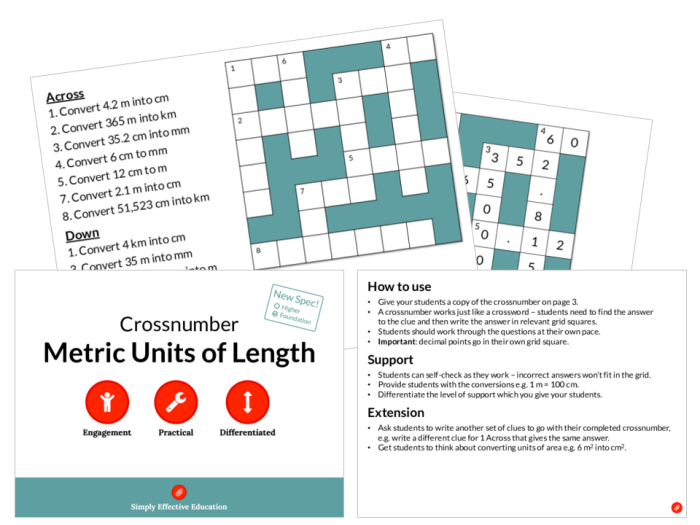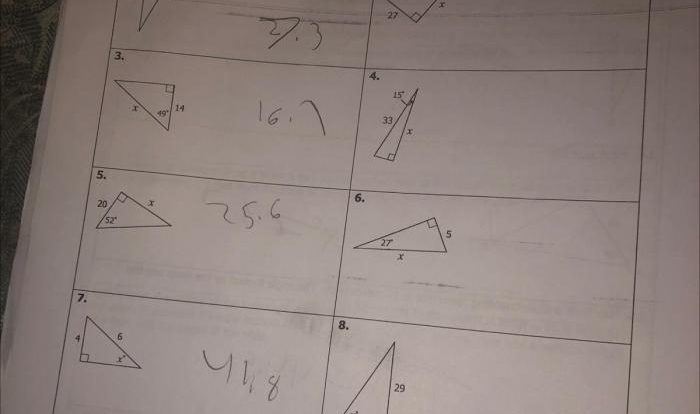Math time dime inch cross sum embarks on an educational journey that unravels the intricacies of mathematics, delving into time, currency, length, and the enigmatic concept of cross sum. Prepare to expand your mathematical horizons as we explore real-world examples and unravel the secrets of these fundamental operations.
From calculating the duration of events to understanding the value of coins and notes, measuring distances to unraveling the patterns of cross sums, this comprehensive guide empowers you with the tools to navigate the world of numbers with confidence.
Mathematical Operations

In mathematics, we use various operations to manipulate and solve problems. Two fundamental operations are addition and multiplication, which play crucial roles in many areas of our lives.
Addition
Addition involves combining two or more numbers or quantities to get their sum. It is represented by the ‘+’ symbol. For example, if we add 3 and 5, we get 8 (3 + 5 = 8).
- Time:Adding hours, minutes, or seconds to find the total time.
- Dime:Counting the total number of dimes in a collection.
- Inch:Measuring the combined length of several objects in inches.
- Cross Sum:Adding the digits of a number and then adding the results of the first addition to get the cross sum.
Multiplication
Multiplication involves repeatedly adding a number to itself a certain number of times. It is represented by the ‘×’ or ‘⋅’ symbol. For example, if we multiply 4 by 3, we get 12 (4 × 3 = 12).
- Time:Calculating the total time taken to complete a task by multiplying the rate per unit time by the number of units.
- Dime:Finding the total value of a collection of dimes by multiplying the number of dimes by the value of each dime.
- Inch:Calculating the area of a rectangular object by multiplying its length by its width in inches.
- Cross Sum:Multiplying the digits of a number by their positions and then adding the products to get the cross sum.
Time Measurement

Time is a fundamental aspect of our lives. It governs our schedules, appointments, and the measurement of events. In mathematics, time is measured in various units, allowing us to quantify its duration.
Now, let’s switch gears and delve into the fascinating world of literature. If you’re an avid reader, you’ll surely appreciate the critically acclaimed novel “Fiesta 1980” by Junot Diaz. You can explore the captivating fiesta 1980 by junot diaz pdf version to immerse yourself in the intricate tapestry of characters and their unforgettable stories.
But don’t forget, when you’re ready to sharpen your mathematical skills, come back to the intriguing world of math time dime inch cross sum.
The most basic unit of time is the second (s). Sixty seconds make up a minute (min), and sixty minutes make up an hour (h). Twenty-four hours form a day, and seven days make up a week.
Time-Related Problems, Math time dime inch cross sum
Time-related problems often involve addition and multiplication of time units. For example, to calculate the total time taken for a journey that lasts 2 hours and 30 minutes, we add the two time units:
hours + 30 minutes = 2 hours 30 minutes
Similarly, to calculate the total time spent on a task that takes 45 minutes each day for a week, we multiply the time unit by the number of days:
minutes x 7 days = 315 minutes
Currency Calculations

Currency is a form of money that is used to buy goods and services. It is usually made of paper or metal and has a specific value. In the United States, the currency is the dollar, which is divided into cents.
There are 100 cents in a dollar. Other units of currency include dimes, which are worth 10 cents, and quarters, which are worth 25 cents.
Currency calculations are used to find the total value of a group of coins or bills. They can also be used to find the change from a purchase. To add currency, simply add the values of the coins or bills.
To multiply currency, multiply the number of coins or bills by the value of each coin or bill.
Examples of Currency-Related Problems
-
If you have 3 quarters, 2 dimes, and 5 cents, how much money do you have?
To solve this problem, add the values of the coins: 3 quarters = 75 cents, 2 dimes = 20 cents, and 5 cents = 5 cents. 75 cents + 20 cents + 5 cents = 100 cents, or $1.00.
-
If a candy bar costs 50 cents and you give the cashier a dollar, how much change will you receive?
To solve this problem, subtract the cost of the candy bar from the amount you gave the cashier: $1.00 – $0.50 = $0.50. You will receive 50 cents in change.
Length Measurement: Math Time Dime Inch Cross Sum

Length is a fundamental physical quantity that measures the distance between two points. In the imperial system, commonly used in the United States and a few other countries, the primary units of length are inches, feet, yards, and miles.
An inch is the smallest unit of length in the imperial system, followed by feet, yards, and miles. The relationship between these units is as follows:
- 1 foot = 12 inches
- 1 yard = 3 feet
- 1 mile = 1,760 yards
Length-Related Problems
Length-related problems often involve addition or multiplication of length units. For example:
- If a rectangular garden is 10 feet long and 5 feet wide, what is its perimeter?
- If a marathon runner runs 26 miles, how many yards did they run?
Cross Sum

In mathematics, the cross sum of a number is the sum of its digits when multiplied by their respective positions.
For example, the cross sum of the number 123 is 1×1 + 2×2 + 3×3 = 14.
Calculating Cross Sums
To calculate the cross sum of a number, multiply each digit by its position and then add the results together.
For example, to calculate the cross sum of the number 456, we would multiply 4 by 1, 5 by 2, and 6 by 3 and then add the results together: 4×1 + 5×2 + 6×3 = 32.
Commonly Asked Questions
What is cross sum?
Cross sum, also known as digital root, is a mathematical operation that repeatedly adds the digits of a number until a single-digit result is obtained.
How do I calculate the cross sum of 1234?
1 + 2 + 3 + 4 = 10. Since the result is not a single digit, we repeat the process: 1 + 0 = 1. Therefore, the cross sum of 1234 is 1.

